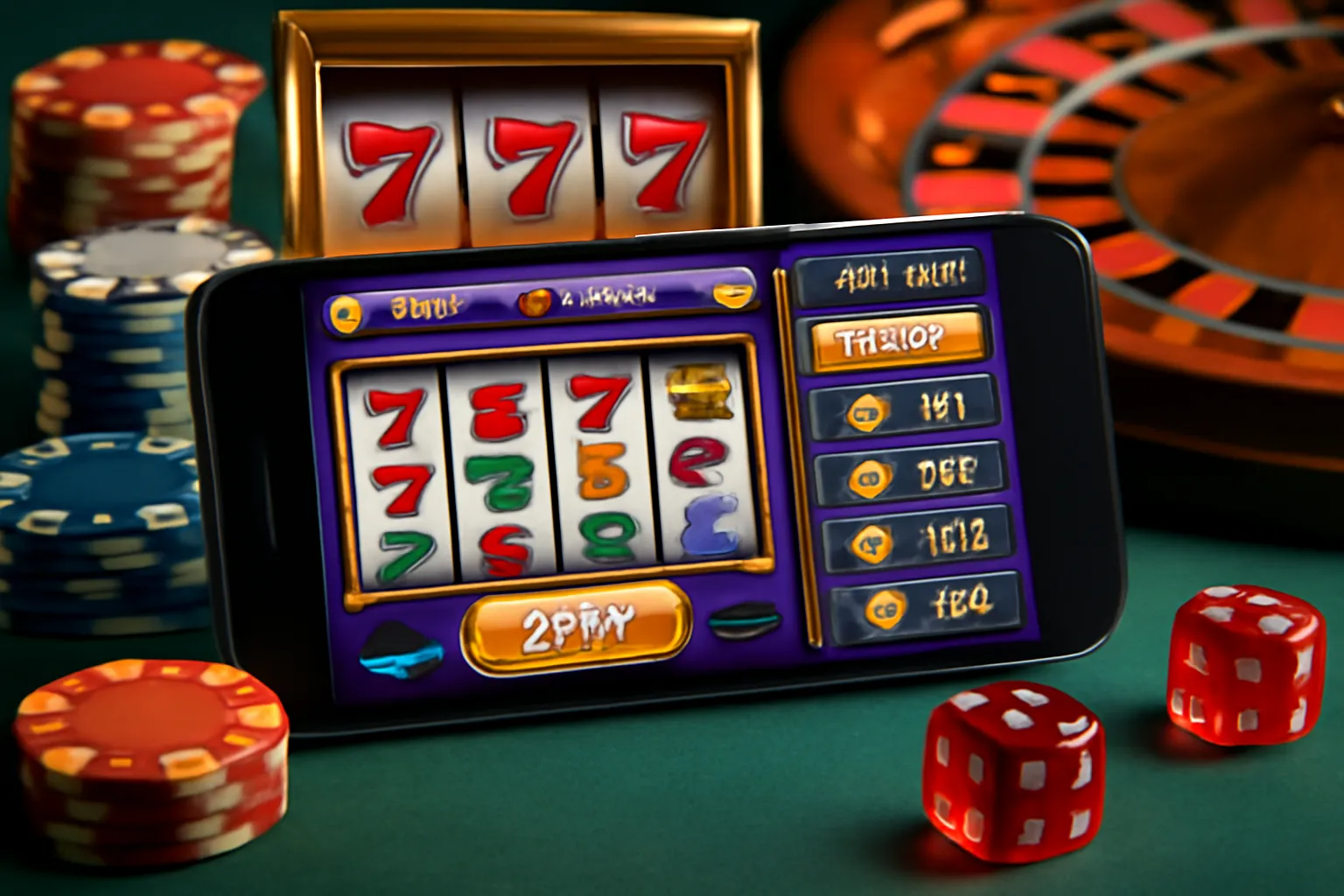The rise of mobile gaming and social slots has introduced a host of exciting new features to players worldwide. These games are widely accessible, entertaining, and incredibly engaging, but with one significant catch: the use of microtransactions. While these small, seemingly harmless purchases enhance gameplay, there’s growing concern about whether they may contribute to gambling harm. Drawing from my years of experience navigating both social slots and traditional casino environments, I’ll explore how microtransactions influence player behavior, the potential risks involved, and what steps should be taken to protect vulnerable players.
The Allure of Social Slots
Social slots offer a fun, social alternative to traditional casino games, blending the excitement of slots with the connectivity of social media. These games are often free to play, but the twist lies in the in‑game purchases available to enhance the experience. Players can buy extra spins, special features, or even virtual currency to progress faster. In many cases, the use of microtransactions is optional, but they are presented as an attractive shortcut to greater rewards, faster progression, or an enhanced experience.
The role of these microtransactions in social slots has drawn the attention of regulators and players alike, especially as the line between free-to-play gaming and gambling becomes increasingly blurred. I’ve seen firsthand how microtransactions can incentivize players to spend more money than they intended—an issue that raises concerns about the potential for harm, especially for vulnerable individuals.
The Impact of Microtransactions on Player Behavior
One of the most significant impacts of microtransactions in social slots is their ability to create a sense of “investment” in the game. Although players may not initially feel like they are gambling, spending money on virtual items can lead to a psychological shift, where they begin to expect more substantial rewards or more frequent successes. This “illusion of control” is often exacerbated by game design elements that are carefully crafted to encourage continued spending.
The introduction of a “pay-to-win” dynamic, where purchasing virtual goods offers a direct advantage, can create a compulsion to keep spending in order to maintain progress or unlock the next feature. Players who feel they are on the cusp of a big win may continue spending in pursuit of that elusive reward, potentially falling into a cycle of spending beyond their limits.
No KYC crypto casinos, for example, offer players a chance to gamble anonymously, which can exacerbate these issues. Without the usual checks, players may be more susceptible to impulsive behavior, and the anonymity of crypto transactions may encourage them to make unwise purchases that contribute to gambling harm.
Are Social Slots a Gateway to Real Gambling?
Many players start with social slots as a way to enjoy the thrill of gambling without the financial risks associated with real money games. However, studies suggest that the experience of spending money on in‑game items may lay the groundwork for more harmful gambling habits. Players accustomed to microtransactions might eventually transition to real money gambling, seeing it as a natural progression. This is particularly concerning when it comes to younger or more vulnerable players, who may not fully understand the financial implications of their actions.
I’ve often seen this shift in behavior firsthand. A player who once spent a small amount of money on virtual items in a social slot game might later feel more comfortable making larger bets in traditional online casinos. Social slots may serve as a stepping stone, subtly conditioning players to associate spending money with entertainment, which could eventually lead to more significant financial risks.
The Ethical Dilemma of Microtransactions
The key ethical concern surrounding microtransactions in social slots is the way these games are marketed and designed. The goal of these games is often to encourage spending, but the mechanisms used to achieve this can be manipulative. Limited-time offers, “loot boxes,” and enticing rewards for small amounts of money can trigger impulsive spending behaviors, especially when they are embedded in highly addictive gameplay loops.
As game designers use more advanced algorithms to personalize experiences and target players with tailored offers, it becomes increasingly important for regulators and developers to ensure that these techniques don’t cross the line into exploitation. Players should be given clear information about the costs involved in their purchases, and they should have the option to set spending limits or opt out of certain in-game offers.
Protecting Vulnerable Players
One of the primary concerns about microtransactions in social slots is their potential to harm vulnerable individuals, such as those with existing gambling issues. The problem is further compounded by the increasing use of digital wallets and cryptocurrencies, which allow for fast, anonymous transactions without much oversight. When playing on no KYC crypto casinos, the absence of identity verification can make it more difficult to identify players who are at risk of gambling harm.
For players who struggle with self‑control, the constant stream of offers and microtransaction opportunities can make it easier to spend more than intended. This is particularly dangerous in environments that lack sufficient safeguards, such as those operating in grey areas of regulation.
To mitigate these risks, it’s essential that operators implement responsible gaming practices, including spending limits, self-exclusion tools, and transparent communication about the costs of in‑game purchases. Players should also have access to resources that help them understand the potential risks of microtransactions and provide guidance on how to manage their spending.
What Should Regulators Do?
As the popularity of social slots continues to grow, it’s vital that regulators step in to ensure that these games are not contributing to gambling harm. There should be clear guidelines regarding the use of microtransactions in these games, particularly with respect to how they are marketed to younger audiences or vulnerable groups.
Currently, many social slot games exist in a legal grey area, where they aren’t strictly regulated as gambling, even though they share many similarities with real money gambling. Regulators need to address this by ensuring that developers are transparent about the costs involved, and that they provide players with the tools they need to control their spending. Operators should be required to implement age verification systems and offer responsible gaming features like self-exclusion and spending limits.
The Future of Social Slots and Microtransactions
The future of microtransactions in social slots will likely involve even more sophisticated algorithms that personalize gaming experiences to the individual player. While this may enhance the gaming experience, it’s essential that developers and regulators remain vigilant to prevent these features from leading to gambling harm.
As players become more aware of the potential risks, they will likely demand more transparency and control over their in-game purchases. For this reason, it’s crucial that the gaming industry embraces responsible gaming practices and ensures that microtransactions are used in a way that enhances the entertainment value without exploiting vulnerable players.




